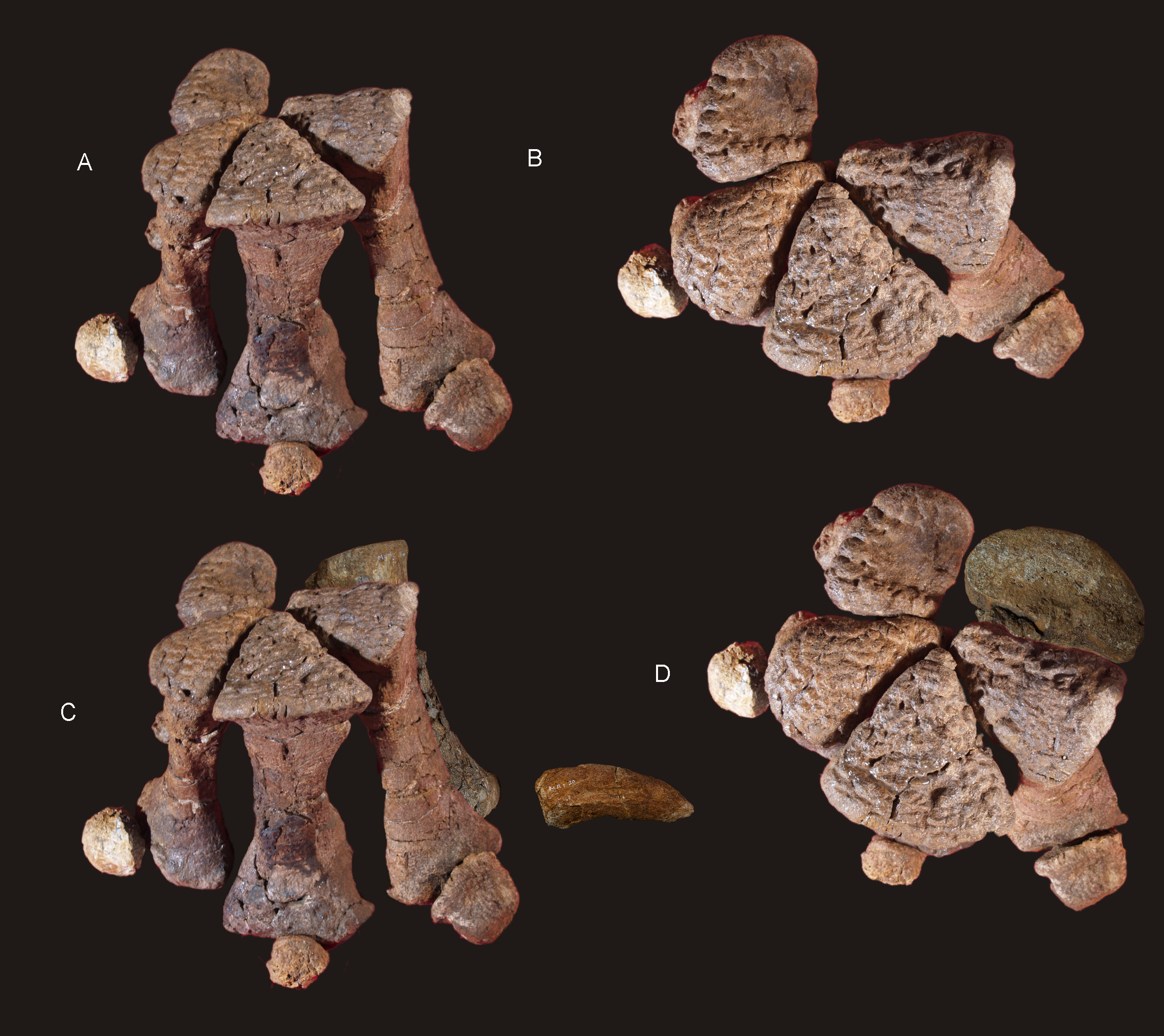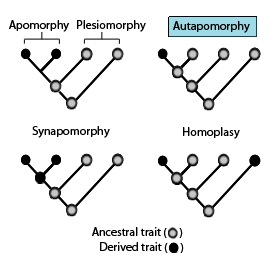|
Paludititan
''Paludititan'' is a genus of titanosaurian sauropod dinosaur which lived in the area of present Romania during the Late Cretaceous. It existed in the island ecosystem known as Hațeg Island. Discovery and naming In 2002, a Belgian-Romanian expedition uncovered a sauropod skeleton in the bed of the river Râul Mare (Strei), Râul Mare, at Nǎlaț-Vad. It was at the time the most complete sauropod skeleton ever discovered in Romania. In 2010 in paleontology, 2010, the type species ''Paludititan nalatzensis'' was named and described by Zoltán Csiki, Vlad Codrea, Cǎtǎlin Jipa-Murzea and Pascal Godefroit. The generic name is derived from Latin ''palus'', "marsh" and Greek Titan (mythology), Titan. The specific name (zoology), specific name refers to its finding place Nǎlaț-Vad. The holotype, UBB NVM1, was found in the Hațeg Basin, in a silty mudstone layer of the Sânpetru Formation, dating from the early Maastrichtian. It consists of a partial skeleton lacking the skull. It c ... [...More Info...] [...Related Items...] OR: [Wikipedia] [Google] [Baidu] |
Paludititan Nalatzsensis
''Paludititan'' is a genus of titanosaurian sauropod dinosaur which lived in the area of present Romania during the Late Cretaceous. It existed in the island ecosystem known as Hațeg Island. Discovery and naming In 2002, a Belgian-Romanian expedition uncovered a sauropod skeleton in the bed of the river Râul Mare (Strei), Râul Mare, at Nǎlaț-Vad. It was at the time the most complete sauropod skeleton ever discovered in Romania. In 2010 in paleontology, 2010, the type species ''Paludititan nalatzensis'' was named and described by Zoltán Csiki, Vlad Codrea, Cǎtǎlin Jipa-Murzea and Pascal Godefroit. The generic name is derived from Latin ''palus'', "marsh" and Greek Titan (mythology), Titan. The specific name (zoology), specific name refers to its finding place Nǎlaț-Vad. The holotype, UBB NVM1, was found in the Hațeg Basin, in a silty mudstone layer of the Sânpetru Formation, dating from the early Maastrichtian. It consists of a partial skeleton lacking the skull. It c ... [...More Info...] [...Related Items...] OR: [Wikipedia] [Google] [Baidu] |
Titanosaur
Titanosaurs (or titanosaurians; members of the group Titanosauria) were a diverse group of sauropod dinosaurs, including genera from all seven continents. The titanosaurs were the last surviving group of long-necked sauropods, with taxa still thriving at the time of the extinction event at the end of the Cretaceous. This group includes some of the largest land animals known to have ever existed, such as ''Patagotitan''—estimated at long with a weight of —and the comparably-sized ''Argentinosaurus'' and ''Puertasaurus'' from the same region. The group's name alludes to the mythological Titans of ancient Greek mythology, via the type genus (now considered a '' nomen dubium)'' ''Titanosaurus''. Together with the brachiosaurids and relatives, titanosaurs make up the larger sauropod clade Titanosauriformes. Titanosaurs have long been a poorly-known group, and the relationships between titanosaur species are still not well-understood. Description Titanosauria have the largest ... [...More Info...] [...Related Items...] OR: [Wikipedia] [Google] [Baidu] |
Lithostrotia
Lithostrotia is a clade of derived titanosaur sauropods that lived during the Early Cretaceous and Late Cretaceous. The group was defined by Upchurch ''et al.'' in 2004 as the most recent common ancestor of ''Malawisaurus'' and ''Saltasaurus'' and all the descendants of that ancestor. Lithostrotia is derived from the Ancient Greek , meaning "inlaid with stones", referring to the fact that many known lithostrotians are preserved with osteoderms. However, osteoderms are not a distinguishing feature of the group, as the two noted by Unchurch ''et al.'' include caudal vertebrae with strongly concave front faces (procoely), although the farthest vertebrae are not procoelous. History of research In 1895, Richard Lydekker named the family Titanosauridae to summarize sauropods with procoelous (concave on the front) caudal vertebrae. The name Titanosauridae has since been widely used, and was defined by Salgado and colleagues (1997), Gonzalaz-Riga (2003), and Salgado (2003) as a node-based ... [...More Info...] [...Related Items...] OR: [Wikipedia] [Google] [Baidu] |
Titanosauria
Titanosaurs (or titanosaurians; members of the group Titanosauria) were a diverse group of sauropod dinosaurs, including genera from all seven continents. The titanosaurs were the last surviving group of long-necked sauropods, with taxa still thriving at the time of the extinction event at the end of the Cretaceous. This group includes some of the largest land animals known to have ever existed, such as ''Patagotitan''—estimated at long with a weight of —and the comparably-sized ''Argentinosaurus'' and ''Puertasaurus'' from the same region. The group's name alludes to the mythological Titans of ancient Greek mythology, via the type genus (now considered a ''nomen dubium)'' ''Titanosaurus''. Together with the brachiosaurids and relatives, titanosaurs make up the larger sauropod clade Titanosauriformes. Titanosaurs have long been a poorly-known group, and the relationships between titanosaur species are still not well-understood. Description Titanosauria have the largest ran ... [...More Info...] [...Related Items...] OR: [Wikipedia] [Google] [Baidu] |
Hațeg Island
Hațeg Island was a large offshore island in the Tethys Sea which existed during the Late Cretaceous period, probably from the Cenomanian to the Maastrichtian ages. It was situated in an area corresponding to the region around modern-day Hațeg, Hunedoara County, Romania. Maastrichtian fossils of small-sized dinosaurs have been found in the island's rocks. It was formed mainly by tectonic uplift during the early Alpine orogeny, caused by the collision of the African and Eurasian plates towards the end of the Cretaceous. There is no real present-day analog, but overall, the island of Hainan (off the coast of China) is perhaps closest as regards climate, geology and topography, though still not a particularly good match. The vegetation, for example, was of course entirely distinct from today, as was the fauna. The Hungarian paleontologist Franz Nopcsa theorized that "limited resources" found on the island commonly have an effect of "reducing the size of animals" over the generations ... [...More Info...] [...Related Items...] OR: [Wikipedia] [Google] [Baidu] |
Late Cretaceous
The Late Cretaceous (100.5–66 Ma) is the younger of two epochs into which the Cretaceous Period is divided in the geologic time scale. Rock strata from this epoch form the Upper Cretaceous Series. The Cretaceous is named after ''creta'', the Latin word for the white limestone known as chalk. The chalk of northern France and the white cliffs of south-eastern England date from the Cretaceous Period. Climate During the Late Cretaceous, the climate was warmer than present, although throughout the period a cooling trend is evident. The tropics became restricted to equatorial regions and northern latitudes experienced markedly more seasonal climatic conditions. Geography Due to plate tectonics, the Americas were gradually moving westward, causing the Atlantic Ocean to expand. The Western Interior Seaway divided North America into eastern and western halves; Appalachia and Laramidia. India maintained a northward course towards Asia. In the Southern Hemisphere, Australia and Ant ... [...More Info...] [...Related Items...] OR: [Wikipedia] [Google] [Baidu] |
Mudstone
Mudstone, a type of mudrock, is a fine-grained sedimentary rock whose original constituents were clays or muds. Mudstone is distinguished from '' shale'' by its lack of fissility (parallel layering).Blatt, H., and R.J. Tracy, 1996, ''Petrology.'' New York, New York, W. H. Freeman, 2nd ed, 529 pp. The term ''mudstone'' is also used to describe carbonate rocks (limestone or dolomite) that are composed predominantly of carbonate mud. However, in most contexts, the term refers to siliciclastic mudstone, composed mostly of silicate minerals. The NASA Curiosity rover has found deposits of mudstone on Mars that contain organic substances such as propane, benzene and toluene. Definition There is not a single definition of mudstone that has gained general acceptance,Boggs 2006, p.143 though there is wide agreement that mudstones are fine-grained sedimentary rocks, composed mostly of silicate grains with a grain size less than . Individual grains this size are too small to be disting ... [...More Info...] [...Related Items...] OR: [Wikipedia] [Google] [Baidu] |
Cladistic
Cladistics (; ) is an approach to biological classification in which organisms are categorized in groups (" clades") based on hypotheses of most recent common ancestry. The evidence for hypothesized relationships is typically shared derived characteristics ( synapomorphies'')'' that are not present in more distant groups and ancestors. However, from an empirical perspective, common ancestors are inferences based on a cladistic hypothesis of relationships of taxa whose character states can be observed. Theoretically, a last common ancestor and all its descendants constitute a (minimal) clade. Importantly, all descendants stay in their overarching ancestral clade. For example, if the terms ''worms'' or ''fishes'' were used within a ''strict'' cladistic framework, these terms would include humans. Many of these terms are normally used paraphyletically, outside of cladistics, e.g. as a 'grade', which are fruitless to precisely delineate, especially when including extinct species. R ... [...More Info...] [...Related Items...] OR: [Wikipedia] [Google] [Baidu] |
Neural Spine
The spinal column, a defining synapomorphy shared by nearly all vertebrates,Hagfish are believed to have secondarily lost their spinal column is a moderately flexible series of vertebrae (singular vertebra), each constituting a characteristic irregular bone whose complex structure is composed primarily of bone, and secondarily of hyaline cartilage. They show variation in the proportion contributed by these two tissue types; such variations correlate on one hand with the cerebral/caudal rank (i.e., location within the backbone), and on the other with phylogenetic differences among the vertebrate taxa. The basic configuration of a vertebra varies, but the bone is its ''body'', with the central part of the body constituting the ''centrum''. The upper (closer to) and lower (further from), respectively, the cranium and its central nervous system surfaces of the vertebra body support attachment to the intervertebral discs. The posterior part of a vertebra forms a vertebral arch (in ... [...More Info...] [...Related Items...] OR: [Wikipedia] [Google] [Baidu] |
Autapomorphies
In phylogenetics, an autapomorphy is a distinctive feature, known as a derived trait, that is unique to a given taxon. That is, it is found only in one taxon, but not found in any others or outgroup taxa, not even those most closely related to the focal taxon (which may be a species, family or in general any clade). It can therefore be considered an apomorphy in relation to a single taxon. The word ''autapomorphy'', first introduced in 1950 by German entomologist Willi Hennig, is derived from the Greek words αὐτός, ''autos'' "self"; ἀπό, ''apo'' "away from"; and μορφή, ''morphḗ'' = "shape". Discussion Because autapomorphies are only present in a single taxon, they do not convey information about relationship. Therefore, autapomorphies are not useful to infer phylogenetic relationships. However, autapomorphy, like synapomorphy and plesiomorphy is a relative concept depending on the taxon in question. An autapomorphy at a given level may well be a synapomorphy at ... [...More Info...] [...Related Items...] OR: [Wikipedia] [Google] [Baidu] |
Taxon
In biology, a taxon (back-formation from ''taxonomy''; plural taxa) is a group of one or more populations of an organism or organisms seen by taxonomists to form a unit. Although neither is required, a taxon is usually known by a particular name and given a particular ranking, especially if and when it is accepted or becomes established. It is very common, however, for taxonomists to remain at odds over what belongs to a taxon and the criteria used for inclusion. If a taxon is given a formal scientific name, its use is then governed by one of the nomenclature codes specifying which scientific name is correct for a particular grouping. Initial attempts at classifying and ordering organisms (plants and animals) were set forth in Carl Linnaeus's Linnaean taxonomy, system in ''Systema Naturae'', 10th edition (1758), as well as an unpublished work by Bernard de Jussieu, Bernard and Antoine Laurent de Jussieu. The idea of a unit-based system of biological classification was first mad ... [...More Info...] [...Related Items...] OR: [Wikipedia] [Google] [Baidu] |








